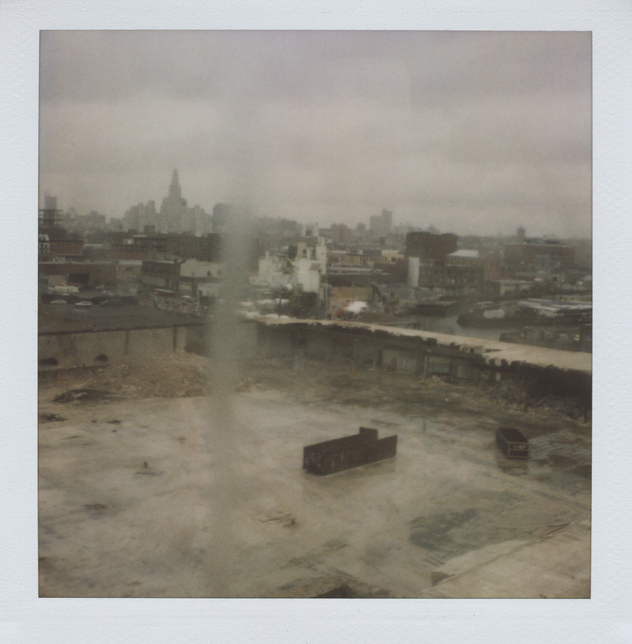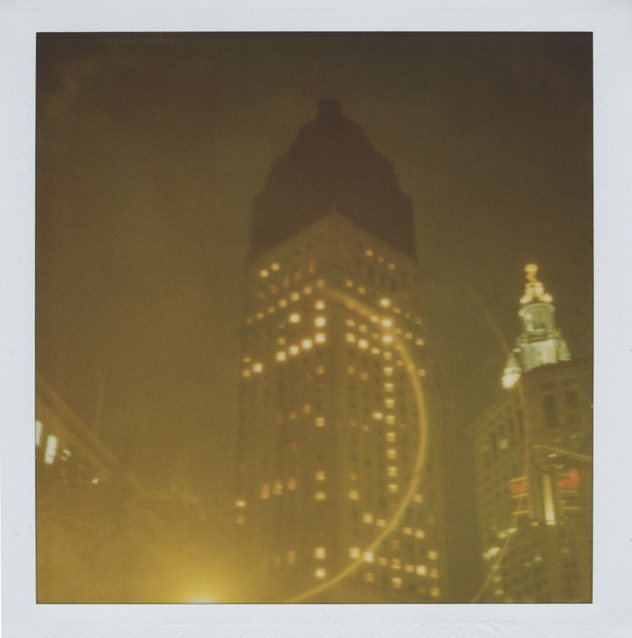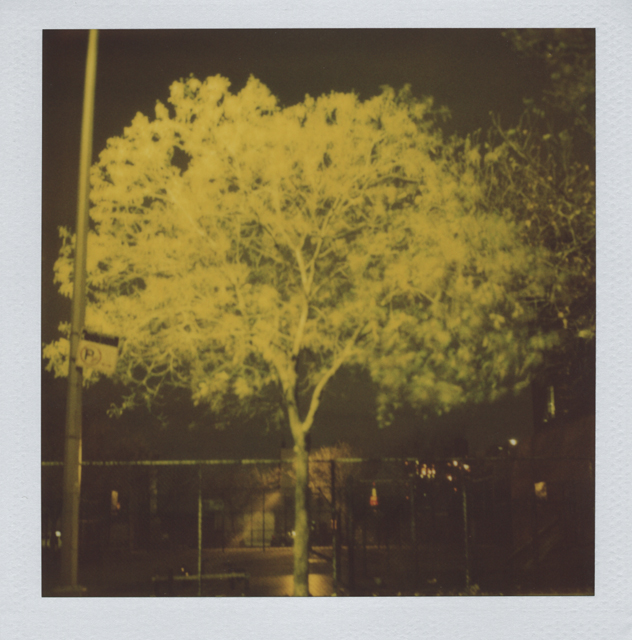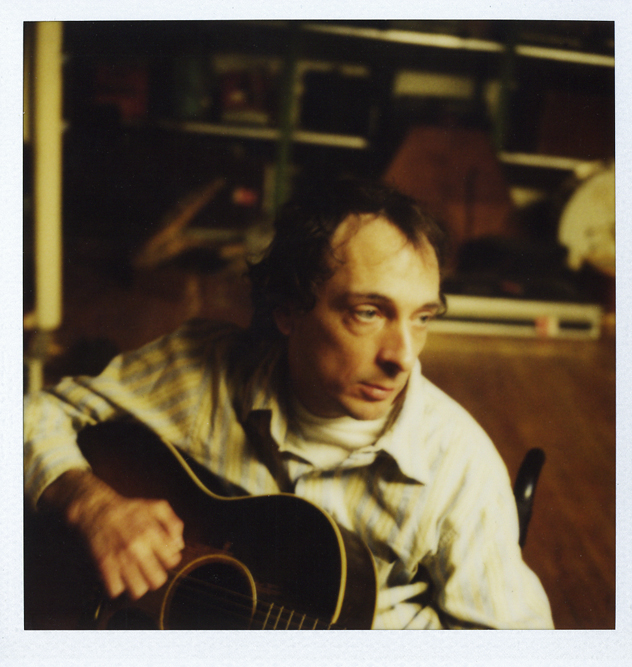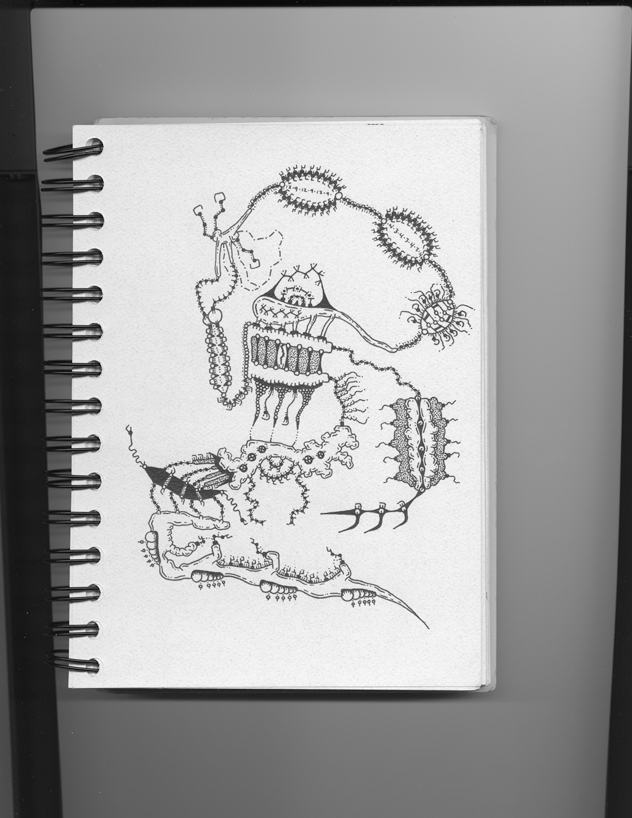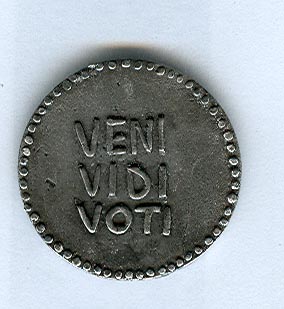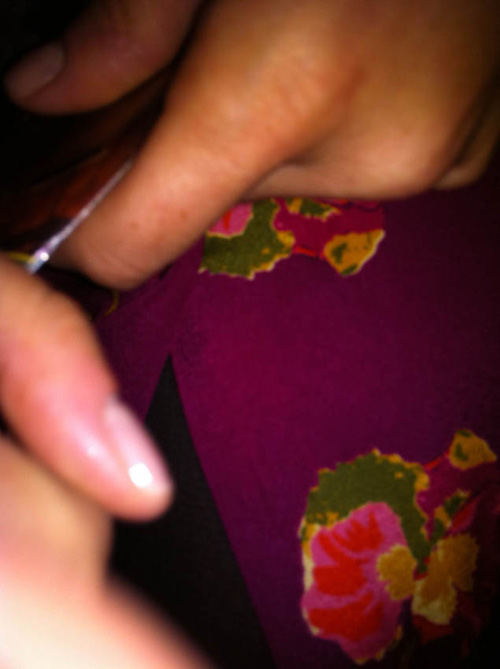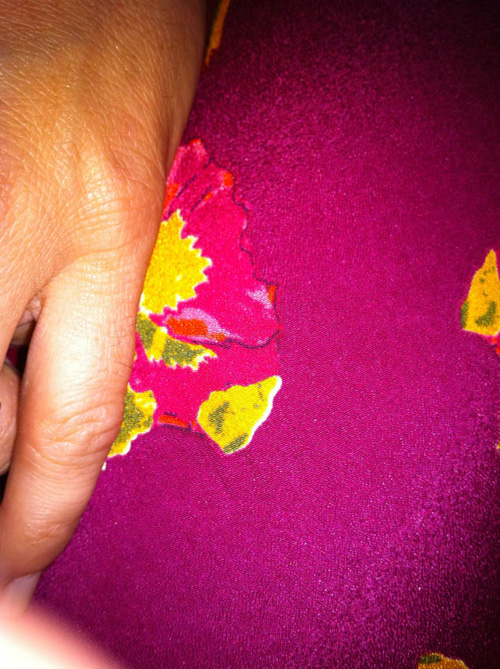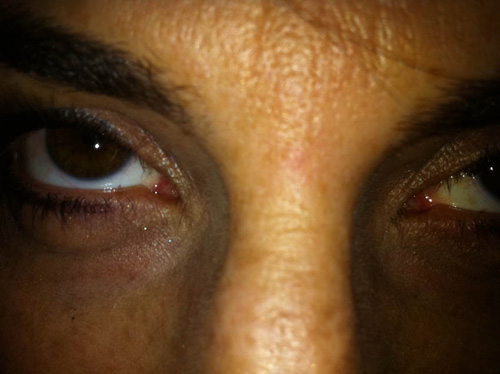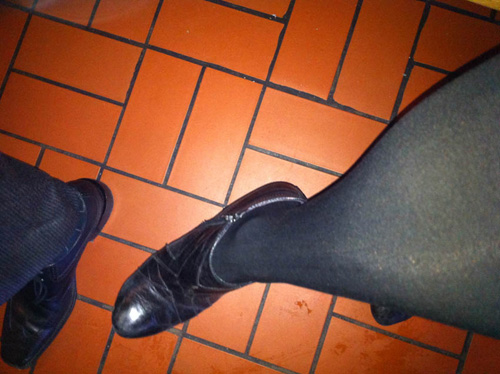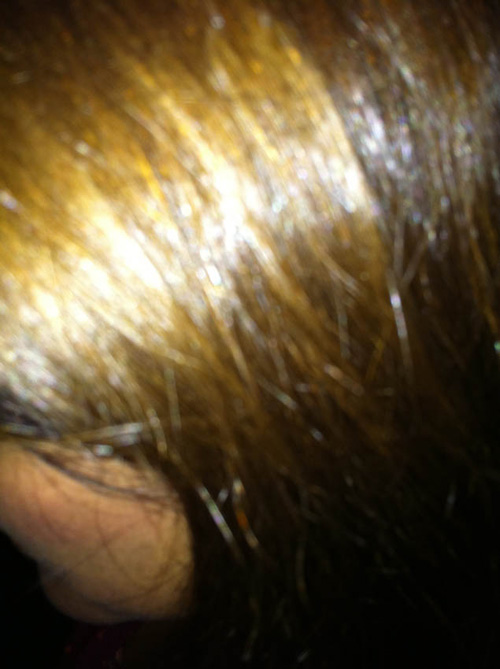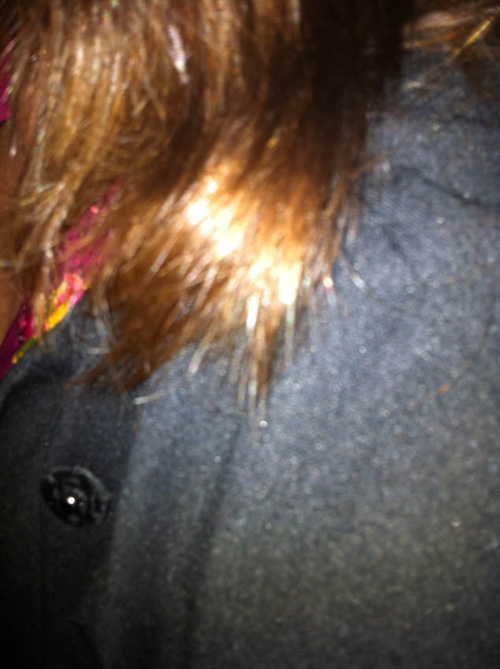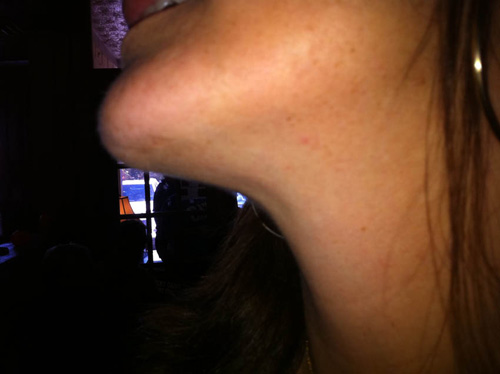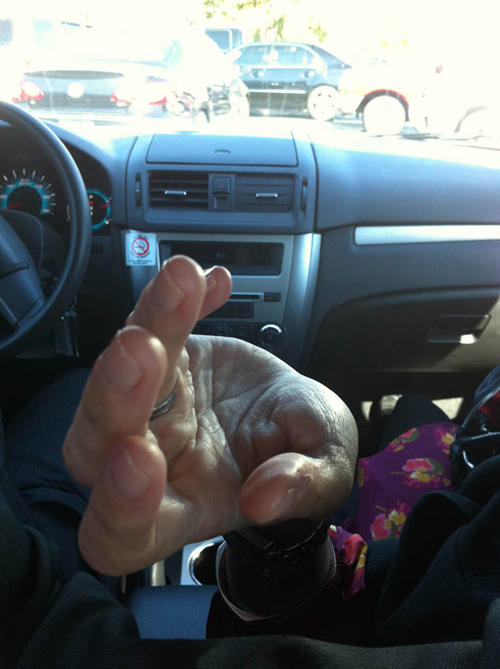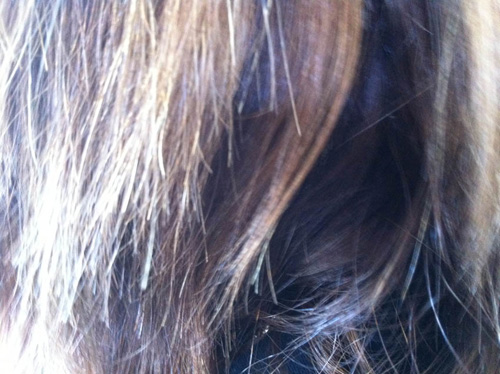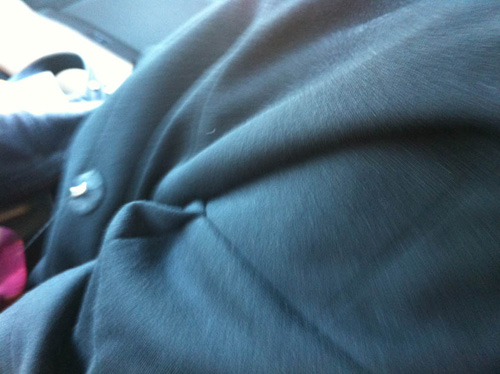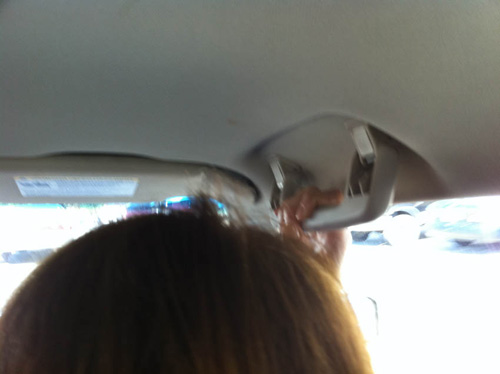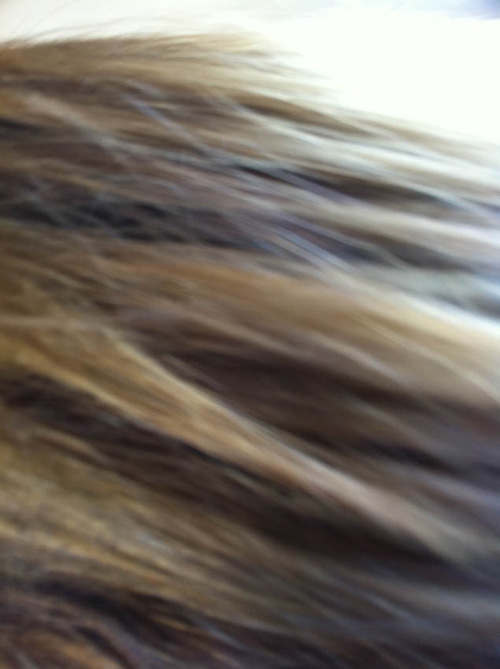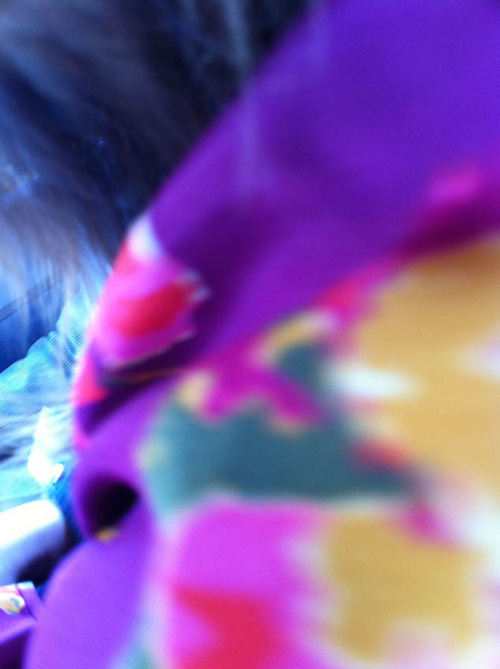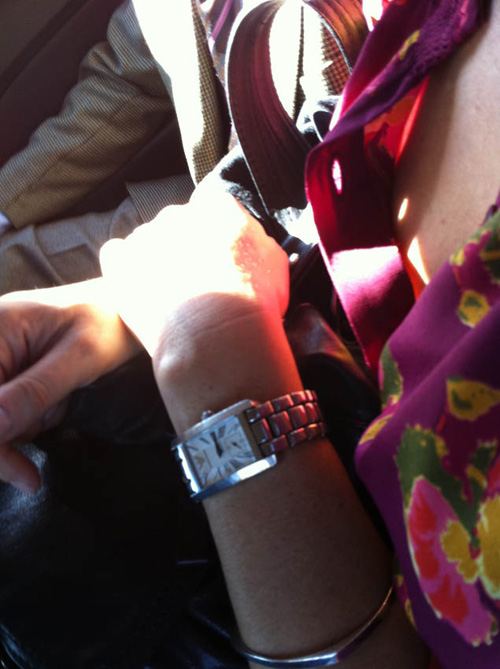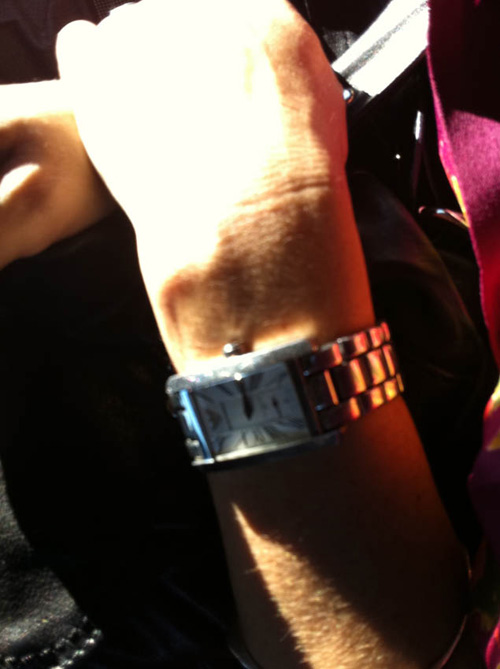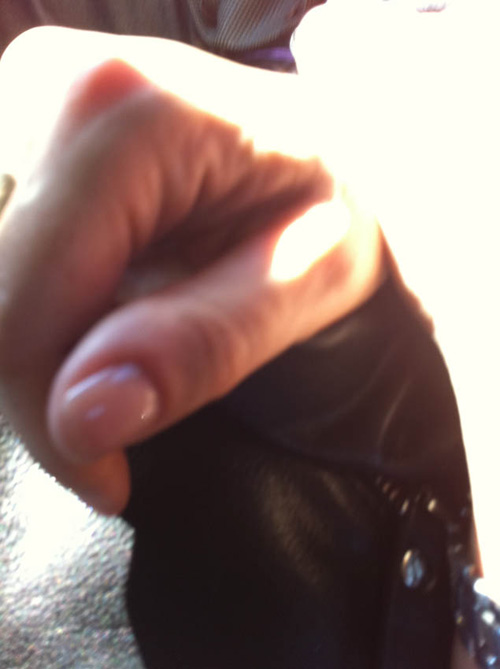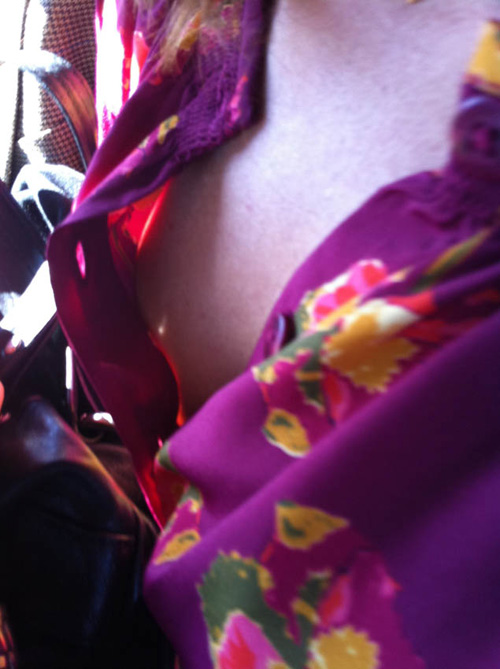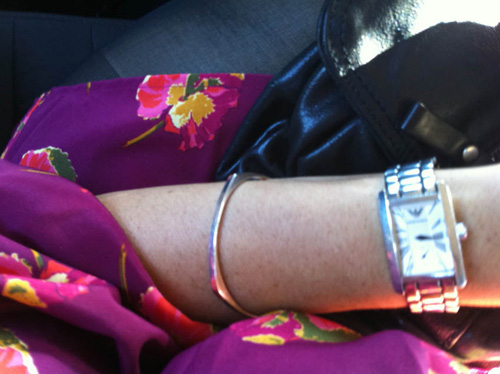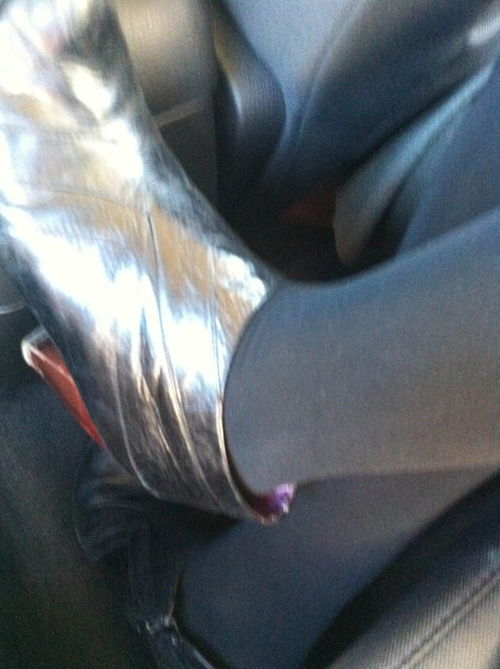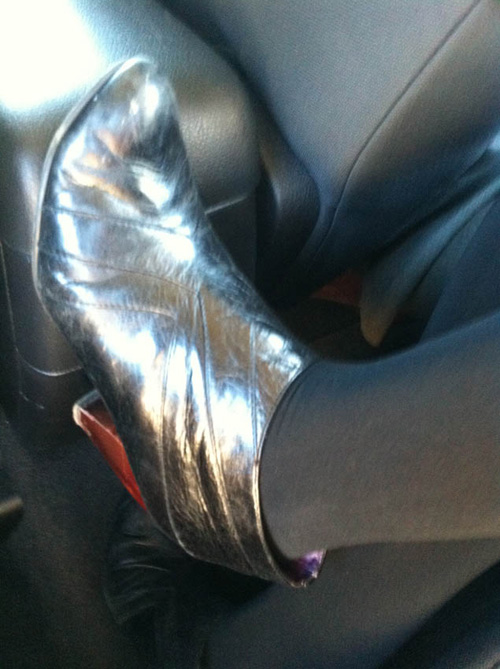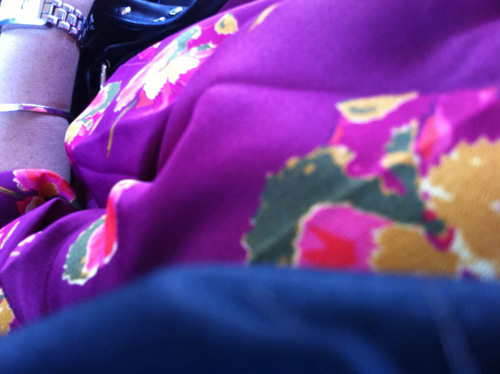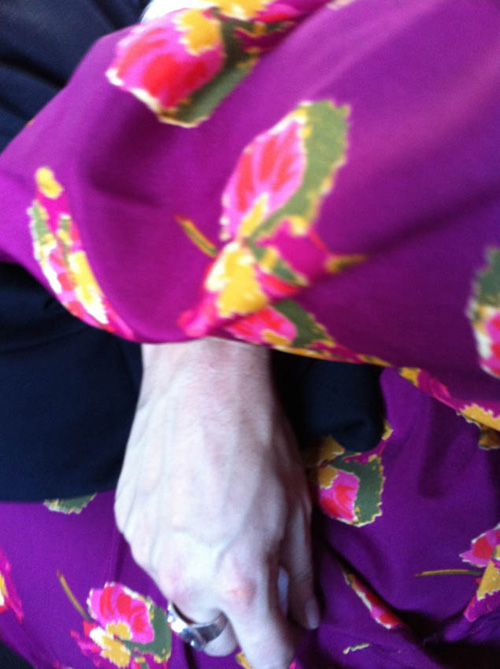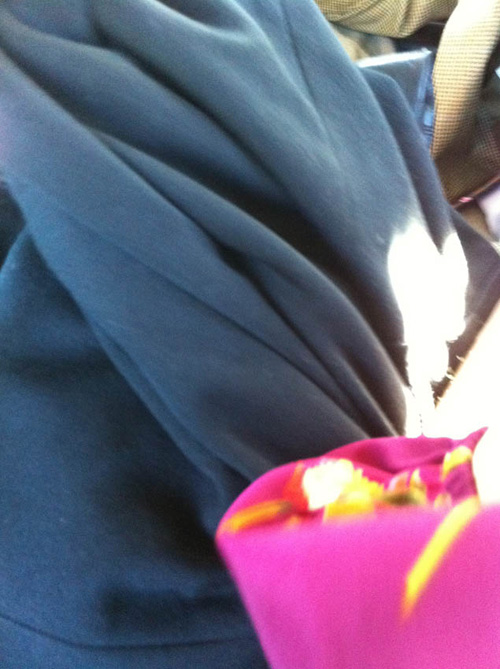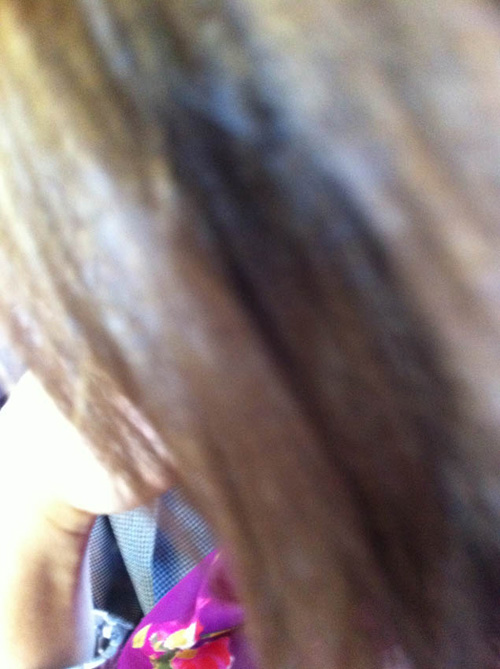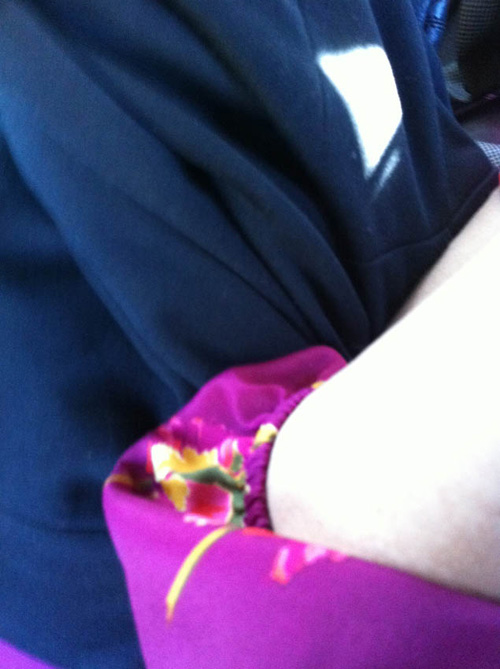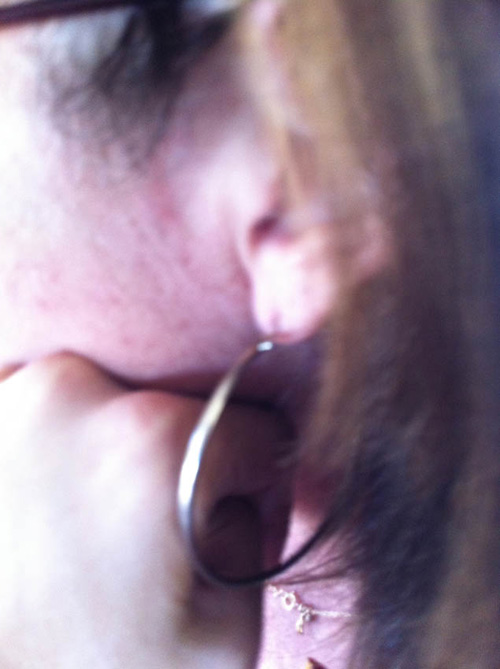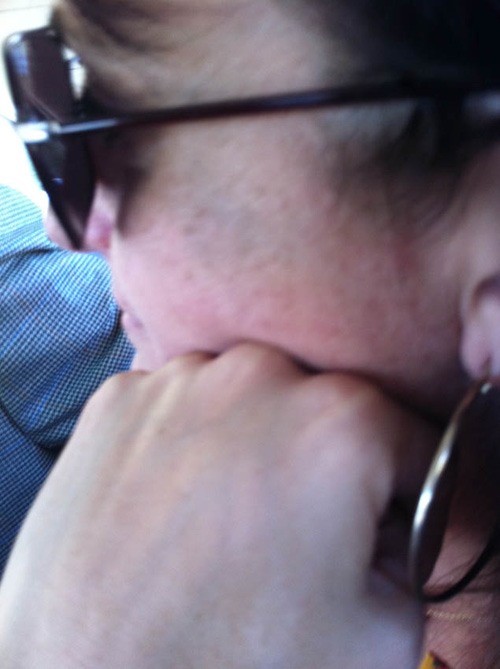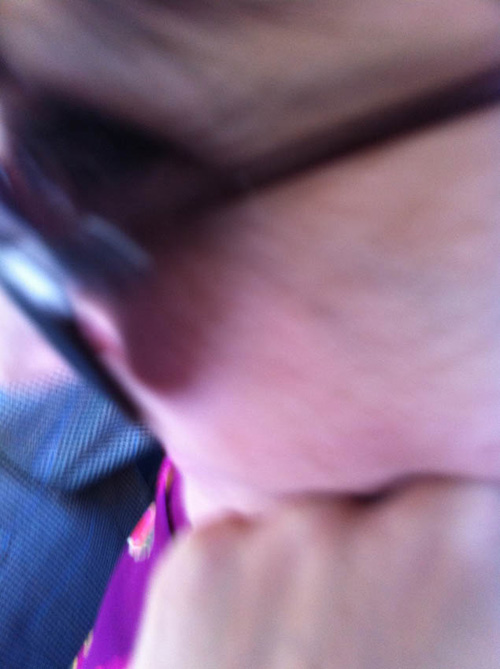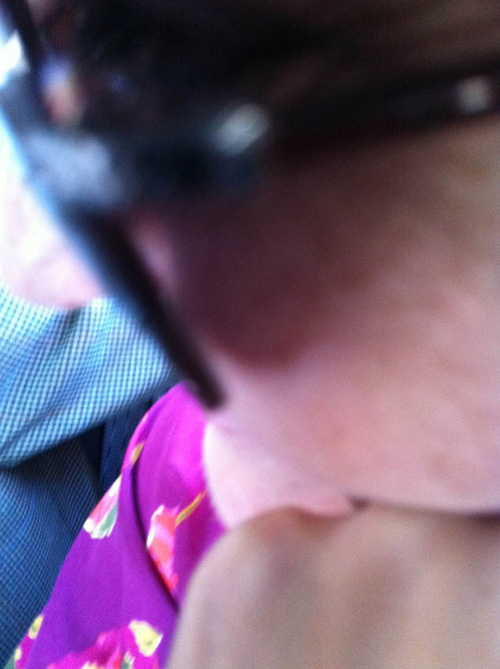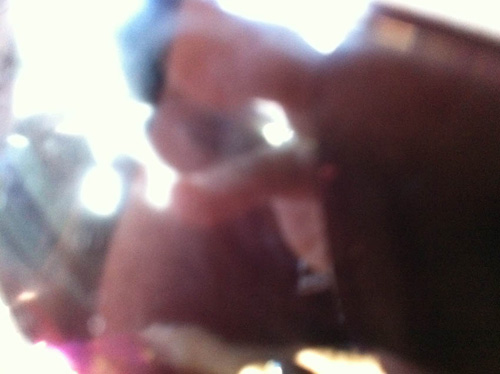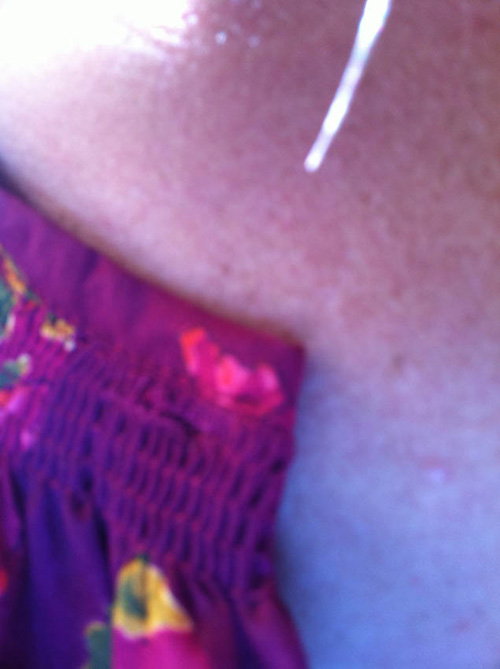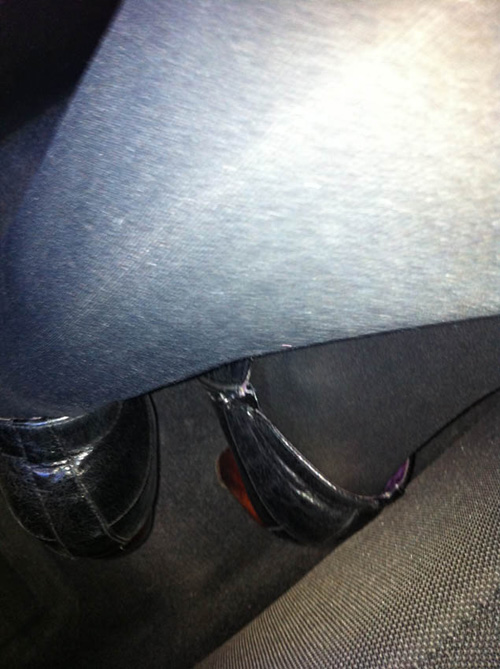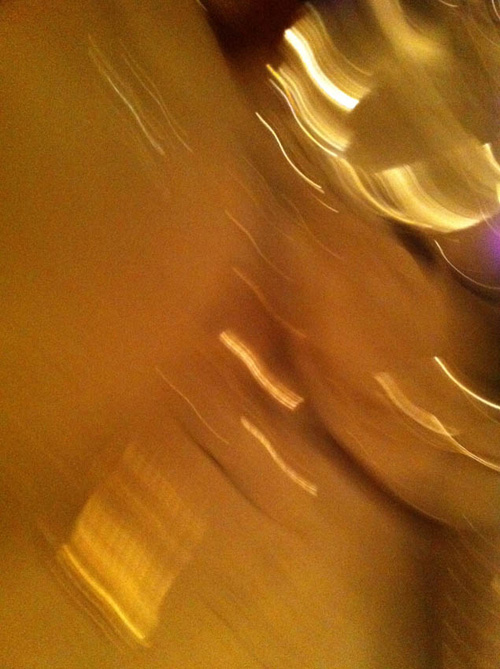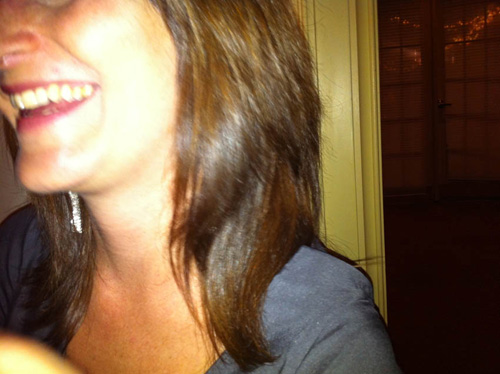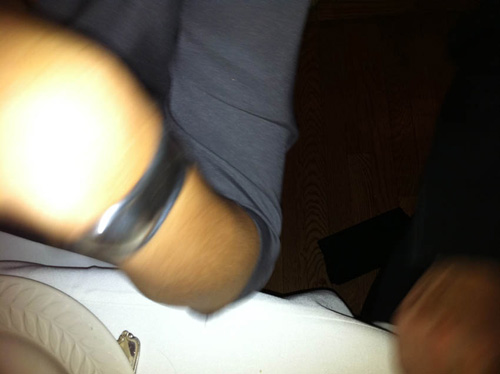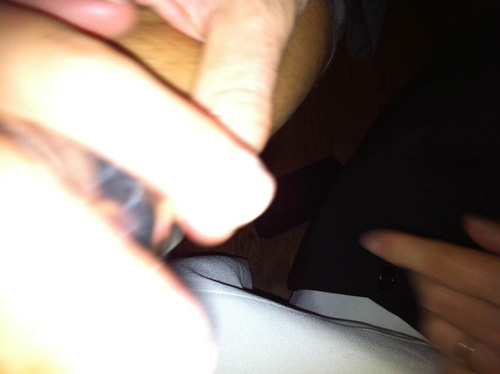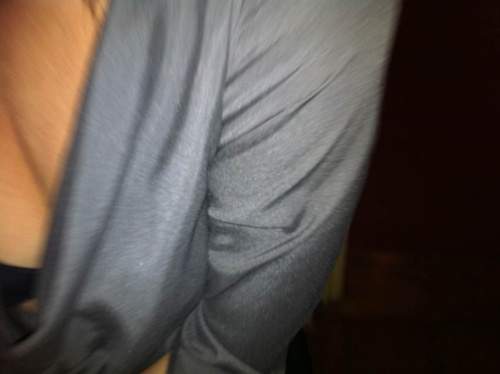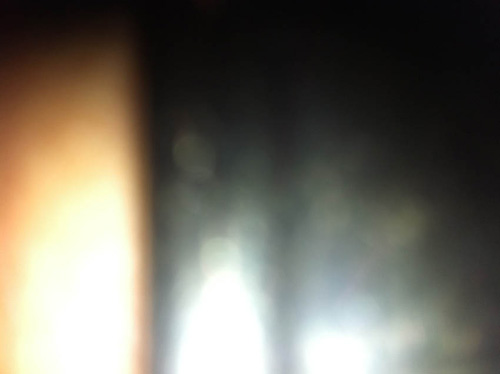JEM COHEN [NOMINATED BY LUCY SANTE]
Wednesday, November 3rd, 2010— I have a long-term project that mostly revolves around Polaroid pictures. The bulk were shot in the last six years, though some go back over twenty. The work took on a certain urgency with the announcement in 2008 that the film would no longer be made. Last call… This news triggered no small alarm in many who loved the format, tied in with a perhaps predictable analog homesickness abetted by the fact that many are still trying to come to grips with the escalation/takeover of digital photography. How could two kinds of ‘instant’ picture-making feel so dissimilar, or were we just kidding ourselves that they were? Could they actually be different kinds of proof? I can’t say I really know.
Anyhow, the facets of my project may or may not eventually shelter under a roof I connect with the phrase “permanent ghost.”
Sometimes I make the images big and entirely remove the Polaroid borders, but occasionally it’s nice to be reminded of their fragile, relatively primitive origin.
I’ve provided a somewhat random train of pictures here. They’re mostly tied in with wandering, circumnavigations in cities, mostly my own. Sometimes on a given walk I’ll shoot just two or three. If it’s at night I may well find myself pressed against a lamp-pole holding my breath for a long exposure wherein, incidentally, the viewfinder goes dead black.
Looking at these it occurs to me that I’m often instinctively in search of a city freed from advertising campaigns, which take over whole buildings and buses and even creep onto public sidewalks now, a kind of corporate dogshit someone is desperate to get on our shoes. It’s a city that may not exist anymore, but hey, here it is.
I always think I’ll remember exactly where and when I took each picture but I already don’t. If they mark something, I’m not sure it’s time. I do know these were all taken within the last nine years and I’m reminded that this is the same period in which something over a trillion dollars was spent on two U.S. wars. (Is it more grotesque to toss that in here, or to leave it out? Please have a look at www.costofwar.com and make up your own mind).
When I took the pictures, my head may have been full of light, weather, or some weird shape-sense, but it was ideally full of nothing (a blessed respite) or maybe some song. And if it was a song, it might well have been by my friend Vic Chesnutt, who died late last year. So this final one is of Vic, one of the most permanent ghosts I’ll ever have the luck to know.
Jem Cohen (born 1962, Kabul Afghanistan) is a Brooklyn-based filmmaker/photographer. His films include CHAIN, BENJAMIN SMOKE (with Pete Sillen), LOST BOOK FOUND, and INSTRUMENT (with Fugazi). His recent portrait of artist Anne Truitt showed with her retrospective at the Hirshhorn Gallery and in the Toronto Film Festival. He is currently making projections for Godspeed You! Black Emperor, working towards a new feature film, and teaching. Cohen was intensively involved in safeguarding the rights of street photographers in New York City. A one-sheet summary of the laws protecting those rights can be downloaded at his website or at pictureny.org Cohen’s photographs were shown in 2009 at Robert Miller Gallery and he had a recent retrospective of his films at Punto de Vista Documentary Film Festival in Spain, where a book on his work, Signal Fires, was published. He will have work in the upcoming Sharjah Biennial.

